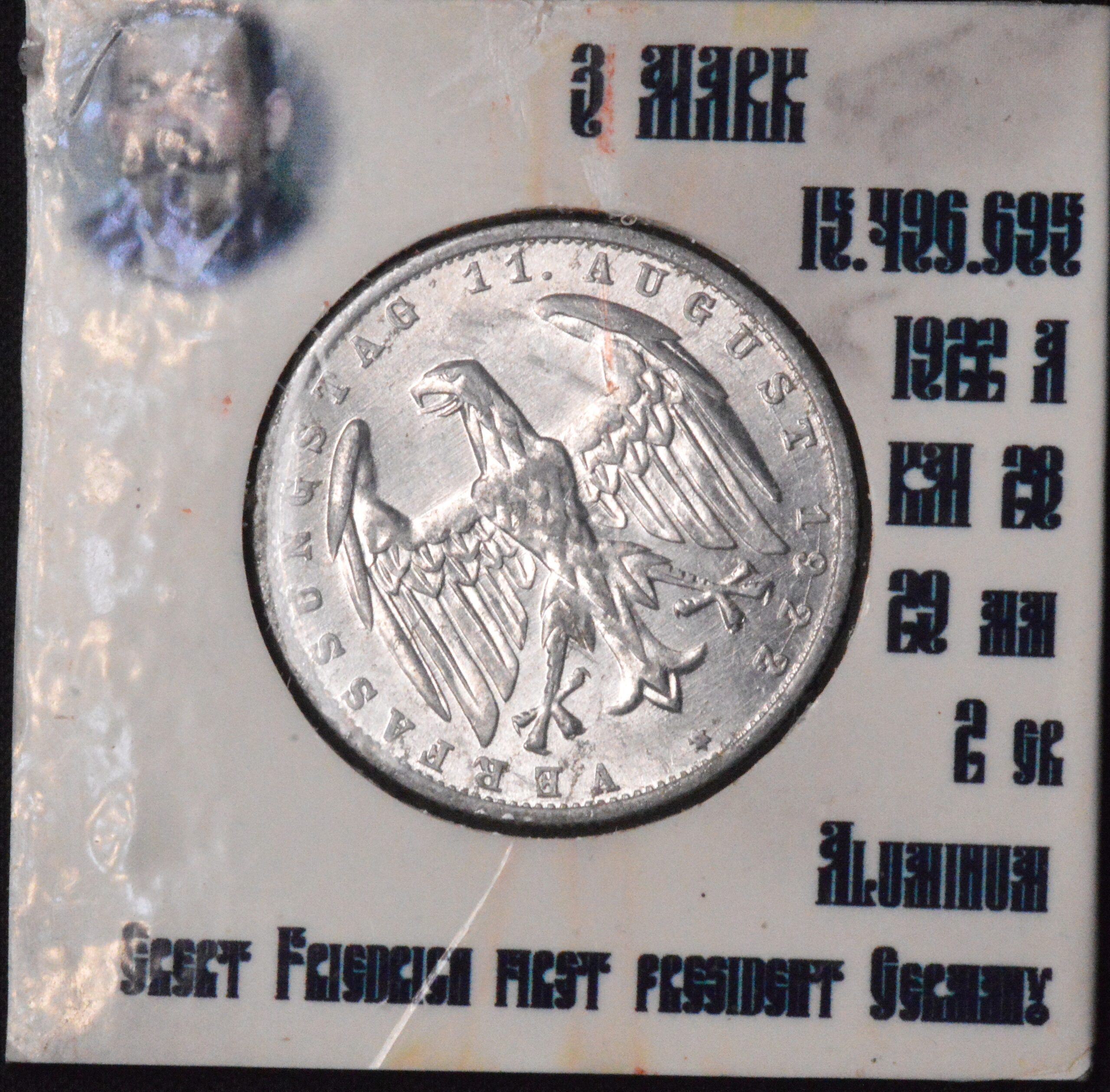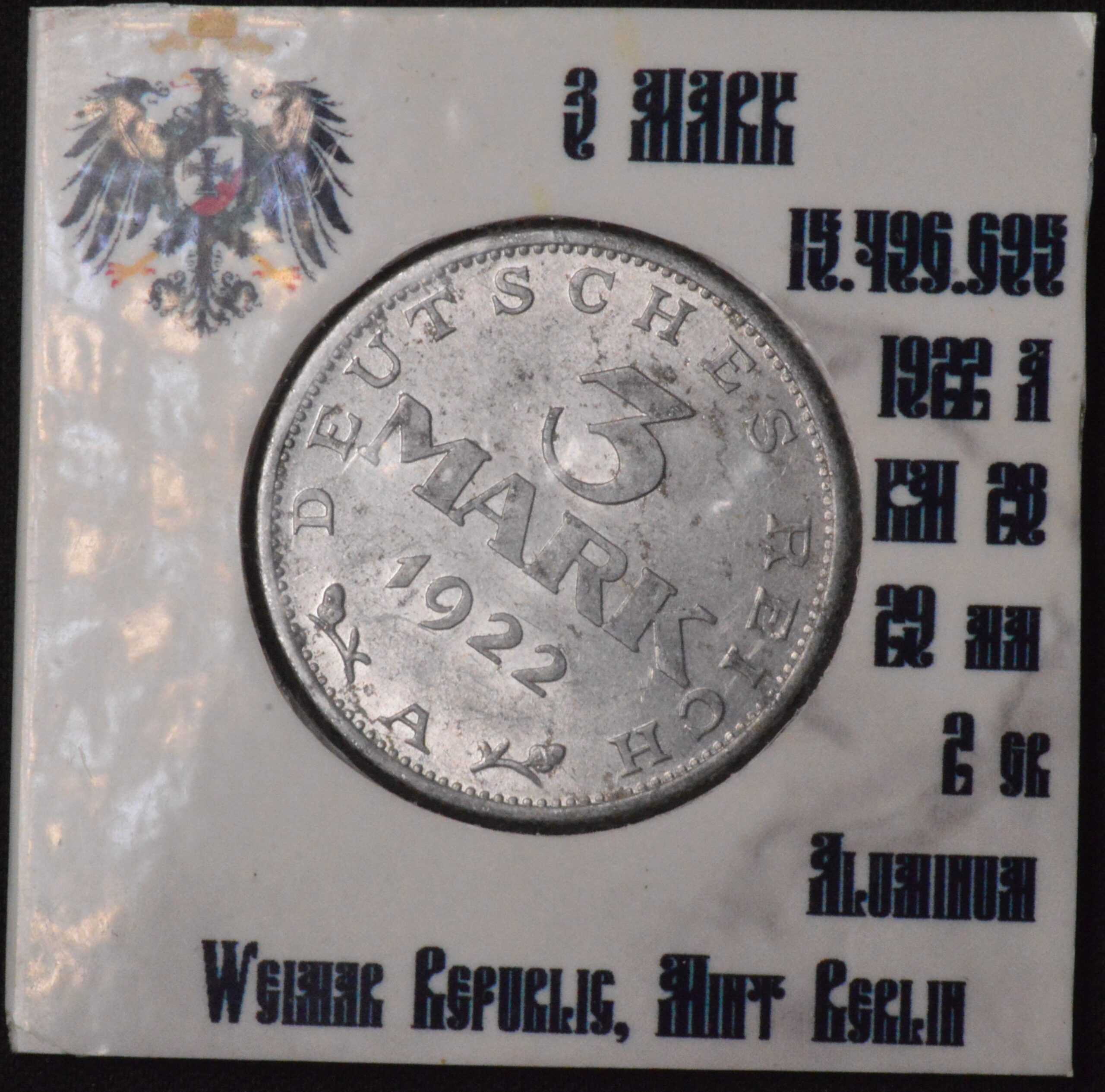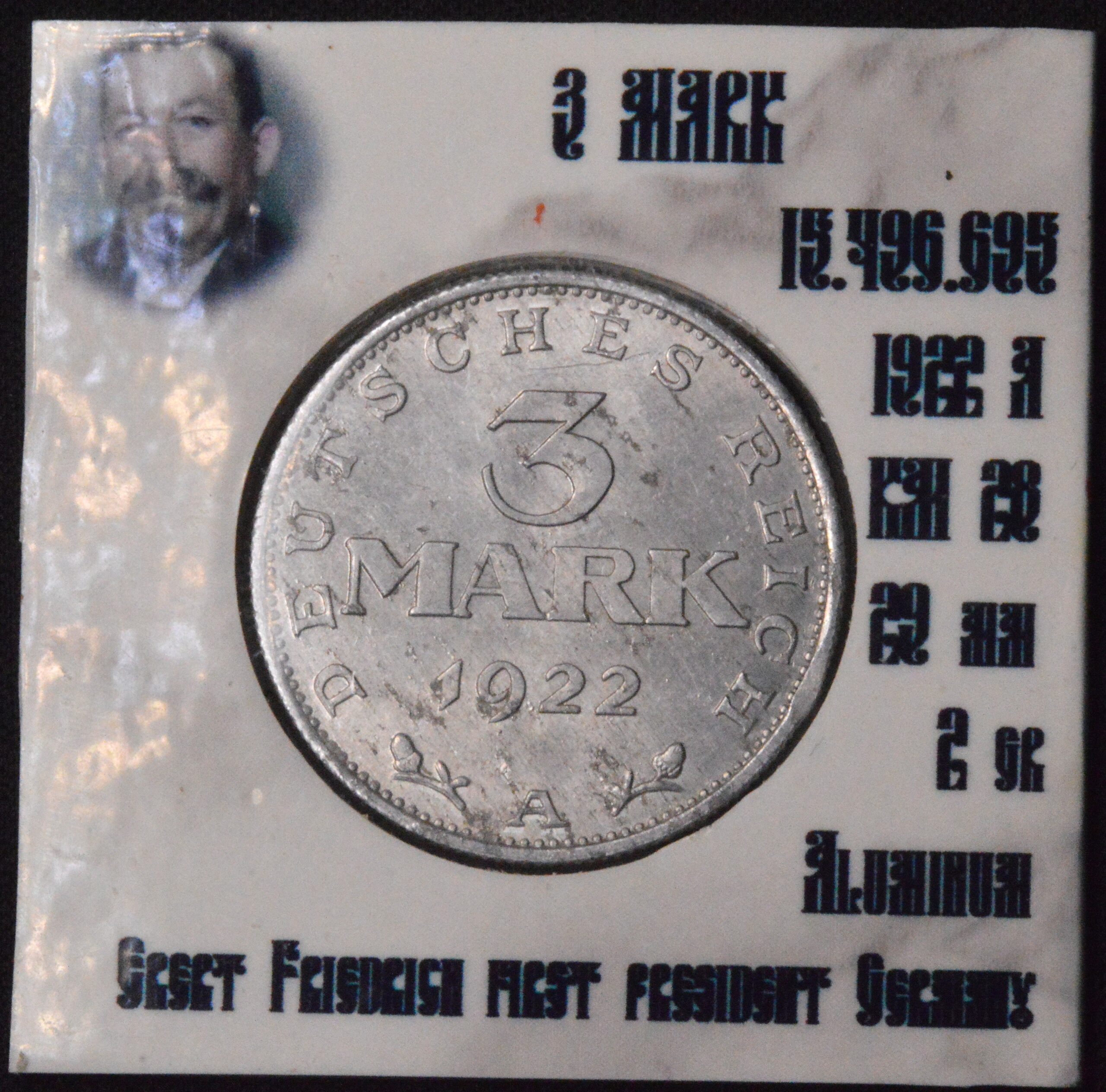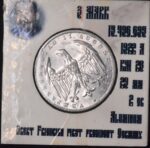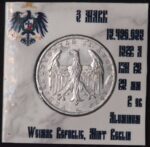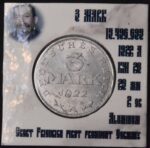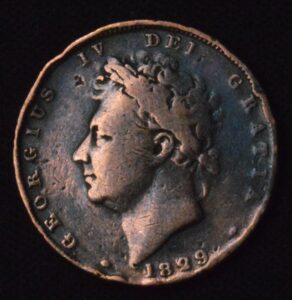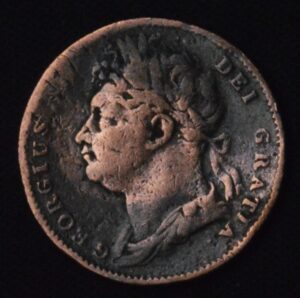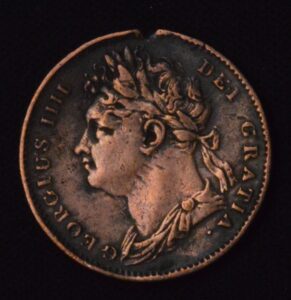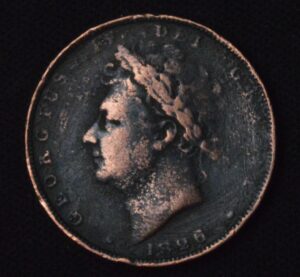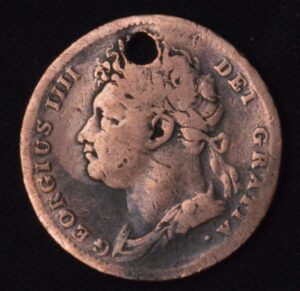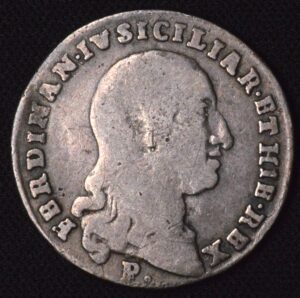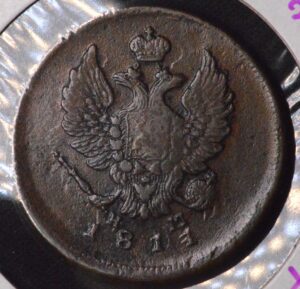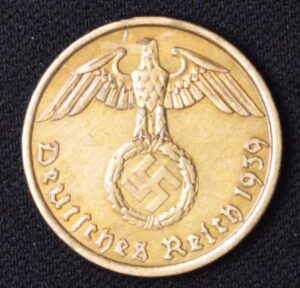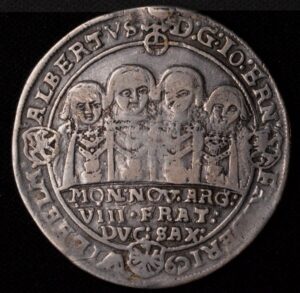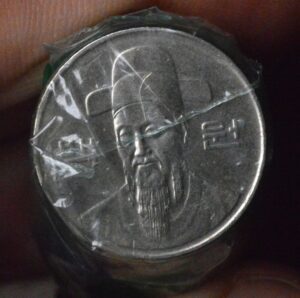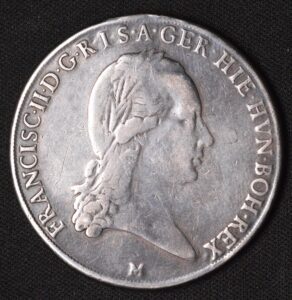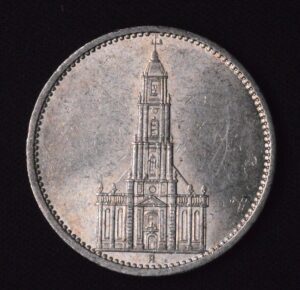Description
The 3 Mark coin from the Weimar Republic represents a fascinating era in German history, produced during the turbulent years following World War I. These coins were first minted in 1922, initially in aluminum, due to rampant inflation that quickly eroded their value; later issues, particularly from 1924 onward, were struck in .500 fine silver and weighed 15 grams, making them attractive to both collectors and those interested in historical bullion. Their edge commonly features an inscription and their diameter is approximately 30 mm, giving them a substantial, elegant presence in hand.
Numerous commemorative variants exist from the Weimar period, such as the 1925 “Rhineland” and 1929 “Waldeck” issues, which were created to mark significant historical events, city anniversaries, or institutional milestones within Germany. These special editions often feature detailed designs tied to the subject they honor, adding artistic value to their historical significance. The typical obverse might carry the German eagle or a portrait of an important figure, while the reverse highlights the event or institution being commemorated.
The Weimar Republic’s coinage history is closely linked with the hyperinflation crisis of the early 1920s, where currency was rapidly devalued, and massive monetary reforms were required. By 1924, the introduction of the Rentenmark and then the Reichsmark stabilized the economy, and silver 3 Mark coins produced during and after this period reflect the improved monetary conditions. As a result, these coins are valued as physical representations of this critical turning point in German and world economic history.
In terms of collectability, the scarcity and condition of these coins vary widely, with prices increasing for high-grade specimens, coins bearing special commemorative motifs, or those with low mintages. Specific issues, like the 1932 Johann Goethe commemorative, are especially prized among collectors for their design and historical associations. Each individual coin tells part of the broader story of Germany’s recovery and the shifts of the early twentieth century. Today, a Weimar Republic 3 Mark coin can be a centerpiece in any European coin collection, valued for its blend of silver content, striking historical significance, and the artistry of its commemorative editions. Collectors and historians alike treasure these coins for their insight into Germany’s journey from inflation and upheaval to eventual stability.
Numerous commemorative variants exist from the Weimar period, such as the 1925 “Rhineland” and 1929 “Waldeck” issues, which were created to mark significant historical events, city anniversaries, or institutional milestones within Germany. These special editions often feature detailed designs tied to the subject they honor, adding artistic value to their historical significance. The typical obverse might carry the German eagle or a portrait of an important figure, while the reverse highlights the event or institution being commemorated.
The Weimar Republic’s coinage history is closely linked with the hyperinflation crisis of the early 1920s, where currency was rapidly devalued, and massive monetary reforms were required. By 1924, the introduction of the Rentenmark and then the Reichsmark stabilized the economy, and silver 3 Mark coins produced during and after this period reflect the improved monetary conditions. As a result, these coins are valued as physical representations of this critical turning point in German and world economic history.
In terms of collectability, the scarcity and condition of these coins vary widely, with prices increasing for high-grade specimens, coins bearing special commemorative motifs, or those with low mintages. Specific issues, like the 1932 Johann Goethe commemorative, are especially prized among collectors for their design and historical associations. Each individual coin tells part of the broader story of Germany’s recovery and the shifts of the early twentieth century. Today, a Weimar Republic 3 Mark coin can be a centerpiece in any European coin collection, valued for its blend of silver content, striking historical significance, and the artistry of its commemorative editions. Collectors and historians alike treasure these coins for their insight into Germany’s journey from inflation and upheaval to eventual stability.
The 3 Mark coin from the Weimar Republic represents a fascinating era in German history, produced during the turbulent years following World War I. These coins were first minted in 1922, initially in aluminum, due to rampant inflation that quickly eroded their value; later issues, particularly from 1924 onward, were struck in .500 fine silver and weighed 15 grams, making them attractive to both collectors and those interested in historical bullion. Their edge commonly features an inscription and their diameter is approximately 30 mm, giving them a substantial, elegant presence in hand.
Numerous commemorative variants exist from the Weimar period, such as the 1925 “Rhineland” and 1929 “Waldeck” issues, which were created to mark significant historical events, city anniversaries, or institutional milestones within Germany. These special editions often feature detailed designs tied to the subject they honor, adding artistic value to their historical significance. The typical obverse might carry the German eagle or a portrait of an important figure, while the reverse highlights the event or institution being commemorated.
The Weimar Republic’s coinage history is closely linked with the hyperinflation crisis of the early 1920s, where currency was rapidly devalued, and massive monetary reforms were required. By 1924, the introduction of the Rentenmark and then the Reichsmark stabilized the economy, and silver 3 Mark coins produced during and after this period reflect the improved monetary conditions. As a result, these coins are valued as physical representations of this critical turning point in German and world economic history.
In terms of collectability, the scarcity and condition of these coins vary widely, with prices increasing for high-grade specimens, coins bearing special commemorative motifs, or those with low mintages. Specific issues, like the 1932 Johann Goethe commemorative, are especially prized among collectors for their design and historical associations. Each individual coin tells part of the broader story of Germany’s recovery and the shifts of the early twentieth century. Today, a Weimar Republic 3 Mark coin can be a centerpiece in any European coin collection, valued for its blend of silver content, striking historical significance, and the artistry of its commemorative editions. Collectors and historians alike treasure these coins for their insight into Germany’s journey from inflation and upheaval to eventual stability.
CUSTOMER FEEDBACK




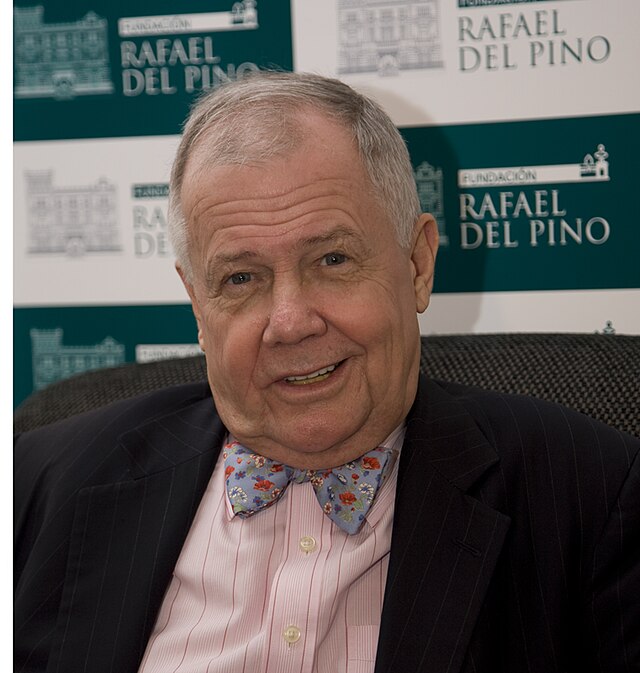



Related Products & Newly Released!
-
$150.00




SHIPPING POLICY
Your order is shipped from the United States with USPS tracking within one business day.
14 Day Return Policy
You can return your item back within
14 days of the purchase

Secure payments
Your payments are 100% secure and are processed through Square or PayPal on a protected security network.
SHIPPING POLICY
FREE International and Domestic (United States) shipping. Your order is shipped with USPS tracking 24 hours after you order.
14 Day Return Policy
You can return your item back within
14 days of the purchase

Secure payments
Your payments are 100% secure and are processed through Square or PayPal on a protected security network.
RESOURCES
support
Get Real Deals!
Sign up now to receive our articles for the latest insights and promotions!
RESOURCES
support
Get Fresh Articles!
Signup our newsletter to get update insight or promotions.


